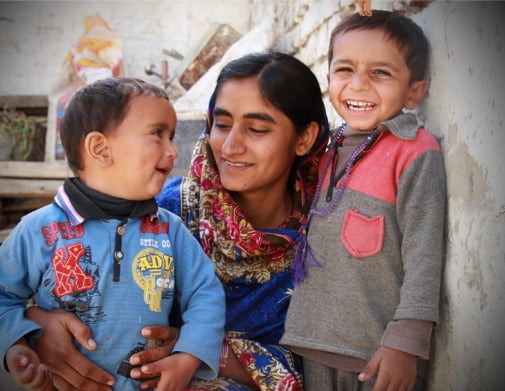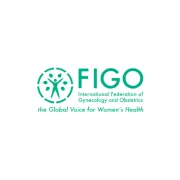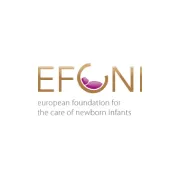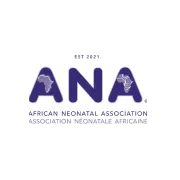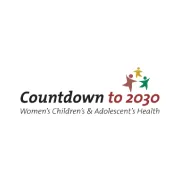Jayme was born at 23 weeks weighing only 680 grams, slightly bigger than an adult hand. His birth and the following months were a very difficult and anxious time for his parents, Randal and Yumi, though they felt well supported by the medical team. Despite additional complications at 18 months with a liver tumour, Jayme is now thriving. His father Randal says. “We did not have great hope and were preparing for the worst. He has amazed us. He not only survived but is thriving.”
In the next decade, Yumi wishes that preterm birth was an openly discussed topic. “Parents should not have to rely only on the internet for information.”
Read more



































